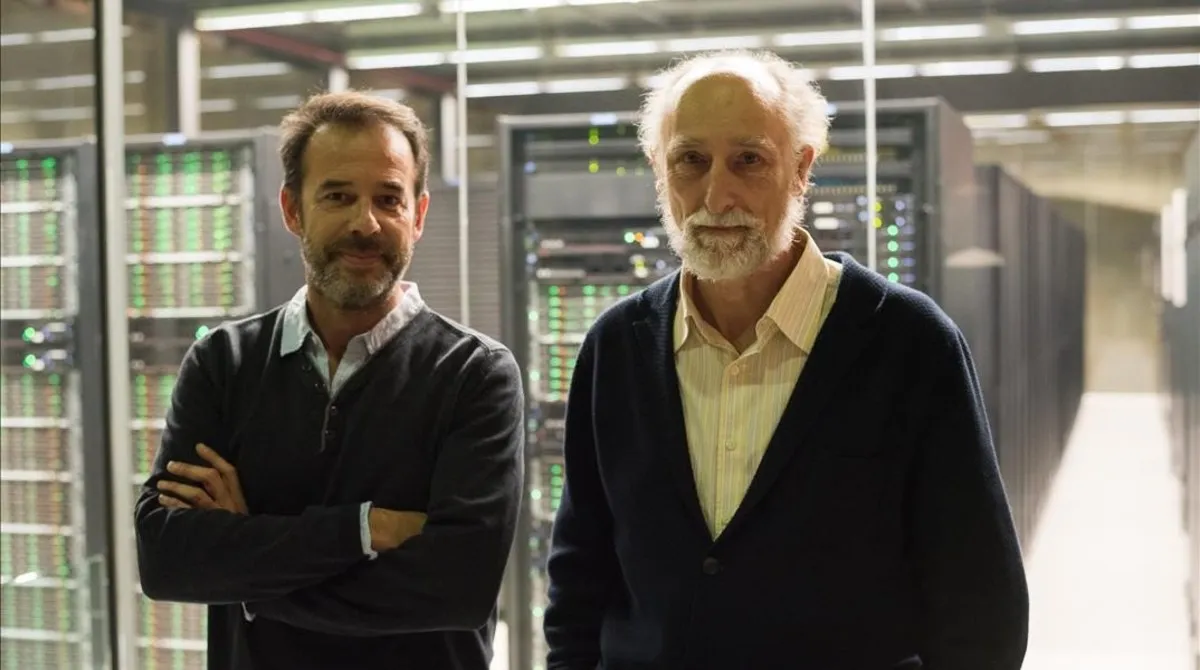Artificial intelligence and machine learning ('Machine Learning') are discovering new diagnostic elements that until now had gone unnoticed by researchers.
And it is that the ability to calculate the supercomputs with massive data ('Big Data') allows new coincidences between individuals affected by the same evil or drugs used to treat it.So far new Parkinson data and diabetes of type 2 have been achieved, but extending it to new diseases is one of the bioinformatics challenges as a discipline.
A study by Barcelona Supercomputing Center (BSC) published in the magazine 'Nature Communications' on data of 70,000 existing individuals in public bases has allowed identifying seven new regions of the genome associated with a higher risk of suffering from type 2 diabetes, and other joint researchWith the Genomic Regulation Center (CRG), also in Barcelona, it has discovered a mechanism that regulates the expression of alpha-synuclein protein in Parkinson's disease and multisystemic atrophy, a ailment considered rare that mine the nervous system.
In the case of type 2 diabetes, BSC researchers emphasize that until now almost a hundred associated genetic patterns were already identified, but that they gave a risk of suffering from between 5% and 30%.The new discovered genetic feature, a rare marker on the X chromosome, raises the risk of suffering from 200% in men, although they are not yet clear why they only affect them, if they have the most identified chromosome or because they areThe only susceptibles.What is clear is that it points to the AGR2 gene as possible Diana for efficient treatments, the study authors, Silvia Bonàs and others, leads by Josep Mercader and David Torrents.Until now, they remember, the X chromosome was not contemplated in many studies, although it affects 5% of the human genome.
throw imagination
And it is that the capacities of the superordenrs allow researchers to imagination and take into account details that until now went unnoticed."There are many studies that use very difficult data to obtain only for their own conclusions and those samples can have a second life in other investigations. Seeing the data from another perspective you discover things that have not been seen before and that relate diseases or effects.It is to ask new questions from another point of view, "says Alfonso Valencia, director of the BSC Life Sciences and ICREA Professor.
The researcher, president also of the International Computational Biology Society, points out that this new perspective allows to find out more about comorbidity, this is how a disease influences the possibility of having another, or to discover how drugs used for a disease canact for another.
This reuse is what is known as "parasitic research", a term created by the 'New England Journal of Medicine', one of the most prestigious scientific journals in the world, to denote the practice of reusing medical data (expensive and difficult to obtain).A practice that however has managed to gain the respect of the scientific community for the discoveries it supposes."The authors were retracting later because the bioinformatics community lived as an insult, although annual awards have been created that are awarded to the best works," he says.
Shadow professionals
"The data we use are those of the big bases, the images, the information of medical records and the one that patients provide connected devices," says Valencia.All the information obtained is contrasted with the one in the EuropeanGenome-Phenome Archive (EGA), a repository with all the existing information of the human genome and their diseases that maintain researchers from Barcelona (BSC) and Cambridge.
For scientists, generating these data is vital and claim that those who obtain them be prestigious: the so -called 'biocurors'."In an investigation, the work that analyzes the data that collects them is recognized.
Problems to get data
Having medical data to analyze them in research is not easy.Researchers must complete many administrative and legal requirements because it is very sensitive information.In fact, in Spain it is forbidden to capture and process it without express authorization from the patient.In addition, the laws require that they are anonymized, are destined exclusively to the use for which they are requested and subsequently destroyed.
The bioinformatics community claims to maintain that information and that large hospital corporations stop considering it their own heritage."We treat them anonymized, but there is the myth that you can know who the patient is crossing information. No scientist will cross that. They are excuses," says Valencia.


